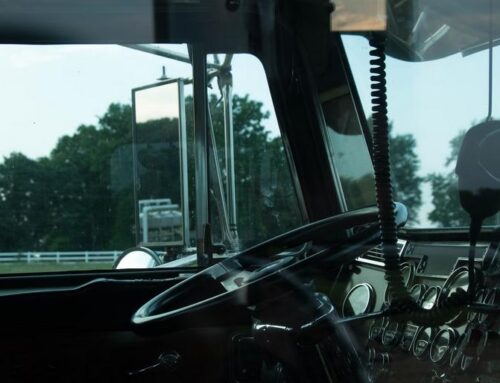In personal injury cases, especially those involving slip-and-falls or other injuries involving a company, sometimes a plaintiff can use prior incidents that are somewhat similar to show that a company should have known that an injury was likely to occur, and that they could have prevented this injury from happening. This evidence is known as “Other Similar Incidents Evidence” or OSI Evidence, and can strengthen a plaintiff’s case by magnitudes. So how can this evidence be introduced? How similar does it have to be the scenario that injured the plaintiff?
How similar does the situation have to be to the injury to be admissible as OSI evidence? Well, a standard for OSI evidence is that it includes relevant proof that similar incidents or injuries occurred due to the same problem. Whether that problem is a product defect, or a situation caused by the defendant. A test here is showing substantial similarity. The questions associated with substantial similarity are, “is the product involved the same one, or a similar one that caused the injury?”, and “Are the circumstances that caused the injury the same or similar?” These two questions are very important to show that OSI evidence is admissible.
If a plaintiff shows that either the item that caused the injury was the same or substantially similar, or that the events surrounding the injury had occurred before in a substantially similar matter, a court will likely rule that this evidence is admissible, and by doing so will strengthen the plaintiff’s case. However, at this point the thing to consider is any differences between the prior incidents and the one that is currently being litigated. This may determine the weight of the OSI evidence, and can factor into how much importance a jury or factfinder may place on this evidence.
However, there are cases where OSI evidence may be excluded. This may happen where the evidence has more prejudicial value than probative weight. Some OSI evidence may unfairly influence the jury against the defendant, and in these cases the OSI evidence may not be admitted at all, or if it is, it will be limited in certain ways by the judge. Defense attorneys may also conduct a thorough examination of this evidence and attempt to show many dissimilarities between the OSI evidence and the current case in order to limit the weight of the evidence.
OSI evidence is very important when discussing product liability but can also be used when discussing personal injury as well. In some cases where multiple people have been injured in slip-and-fall cases, it may come in handy showing that the defendant knew or should have known there were dangerous areas on the premises. OSI evidence can greatly enhance a plaintiff’s case, but it must be introduced correctly, and it must follow a certain standard. Overall, this evidence may greatly enhance a plaintiff’s case.
If you or a loved one have been affected by an injury, accident, or death, contact an experienced personal injury attorney at Hurst Limontes, LLC. We have decades of combined experience fighting for our clients in any number of personal injury claims. Call 317-636-0808 or email us for a FREE and confidential consultation.





